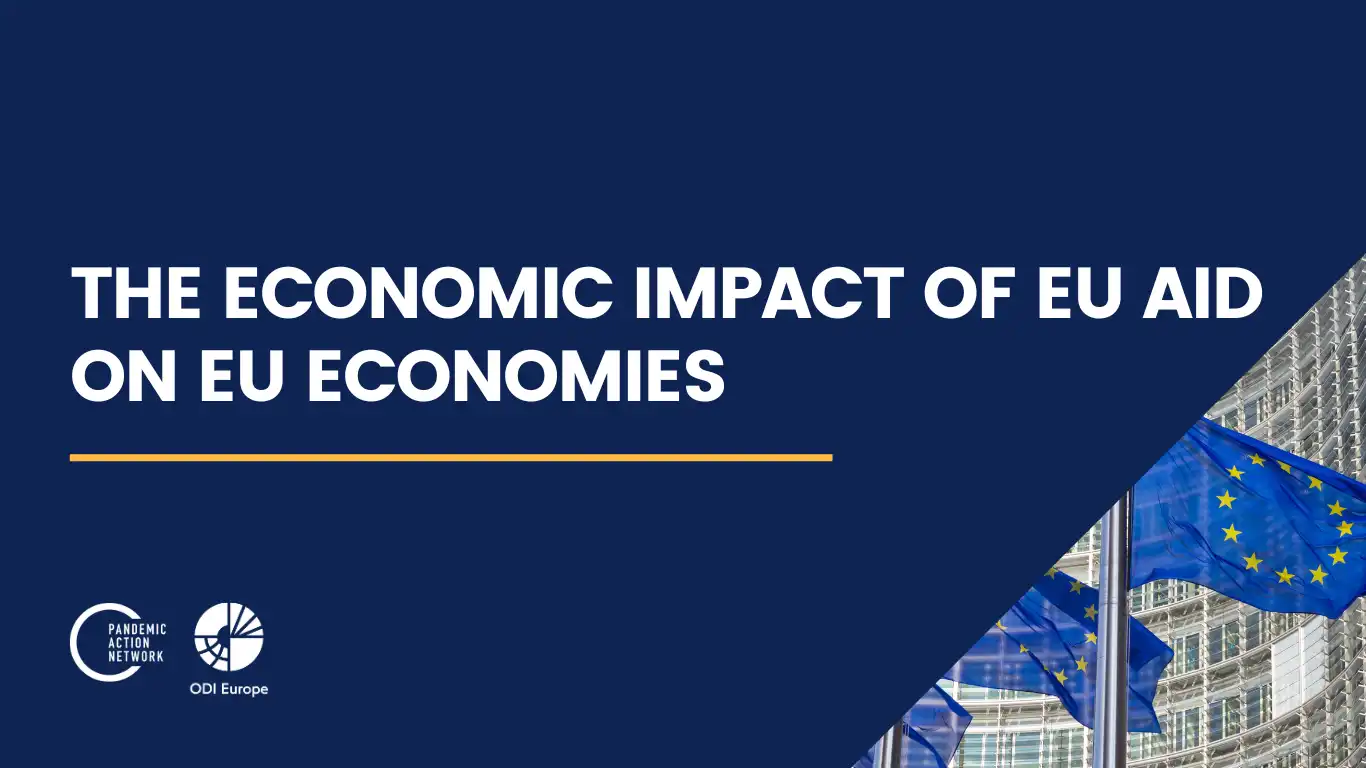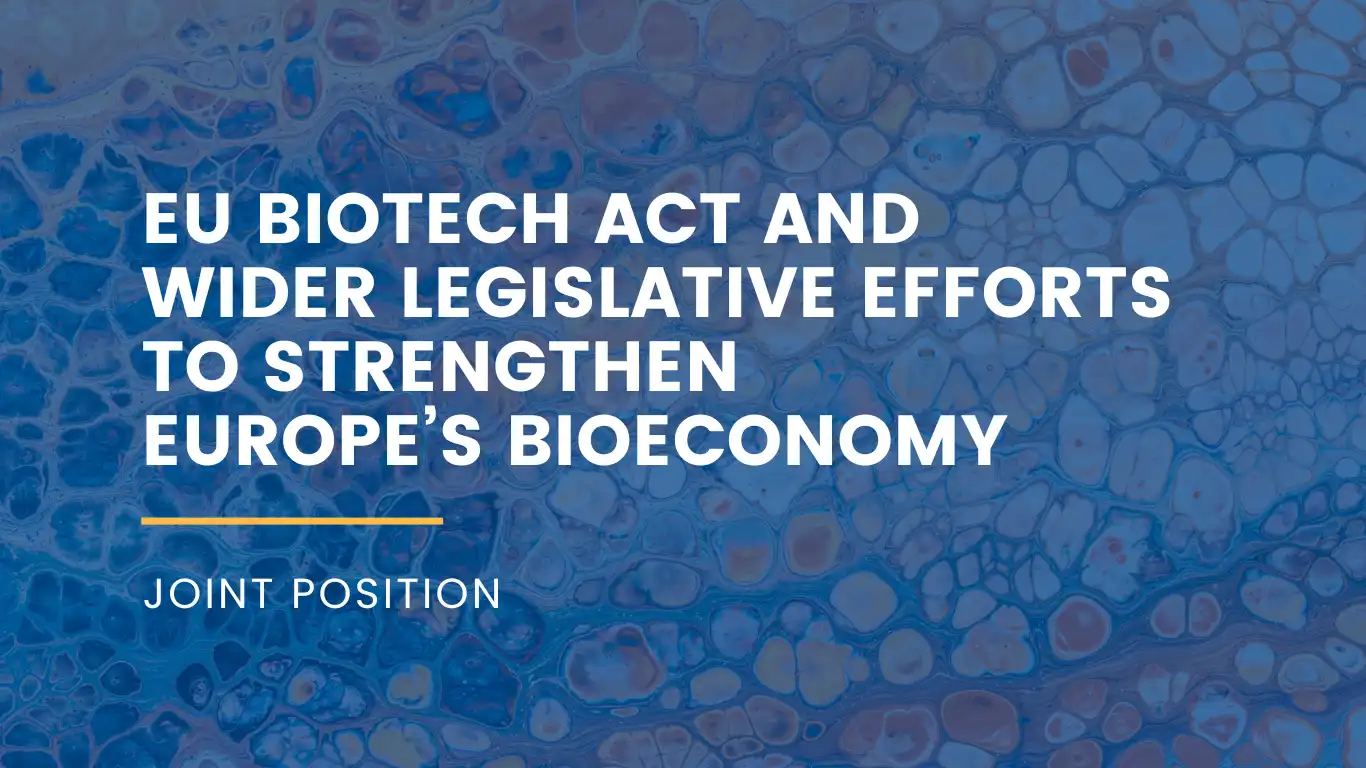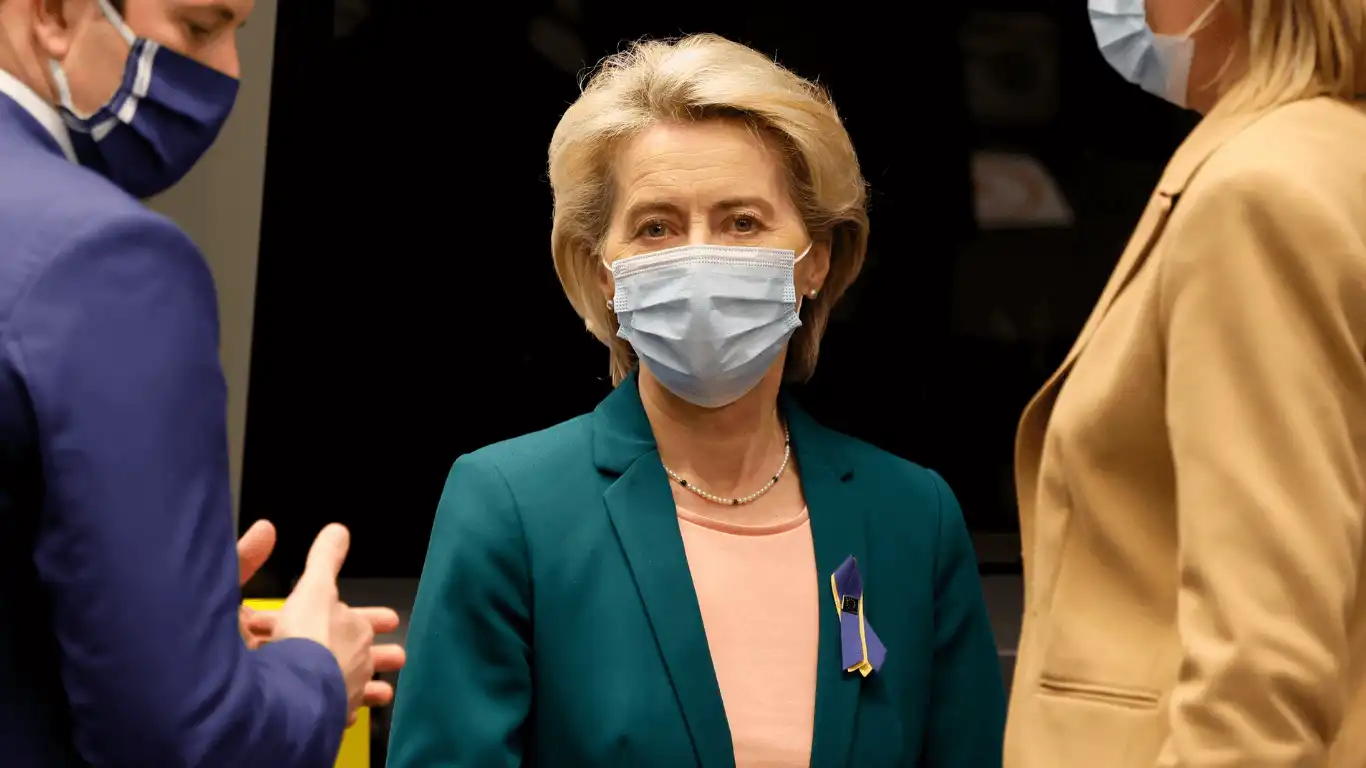As the European Commission prepares to release its draft proposal for the next Multiannual Financial Framework (MFF), new economic modelling confirms that Official Development Assistance (ODA) significantly benefits the EU economy.
While EU aid is rightly focused on poverty alleviation and partner economies, the economic boost given to the EU’s own economy as a result of aid spending is not widely known, yet has the potential to change the political dynamic around development spending.
Commissioned by the Pandemic Action Network (PAN), shaped by PAN in collaboration with ODI Europe, and modeled by ODI Global using the Global Trade Analysis Project (GTAP), this economic modelling aims to inform the upcoming MFF negotiations.
Key findings include:
- Between 2020 and 2022, EU institutions provided an average of US$27.4 billion (€24.2 billion) of external aid annually. In return, simulations show that:
- EU exports are expected to rise by US$27.6 billion (€24.4 billion), surpassing the amount of aid provided.
- EU GDP is expected to rise by 0.08%, equivalent to an additional US$12.1 billion (€10.7 billion) in annual economic output — roughly equal to the entire annual budget of the EU’s main international cooperation instrument — the Neighbourhood, Development and International Cooperation Instrument (NDICI). For every dollar spent on aid, nearly half is expected to flow back into the EU economy in the form of increased income.
The next MFF must be much more ambitious: the EU should commit €200 billion to ODA. These investments are essential to strengthen the EU’s prosperity, resilience, and global standing.
— Read the Policy Brief —
— Read the Technical Paper —



